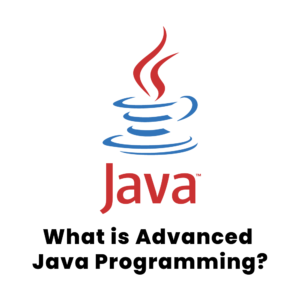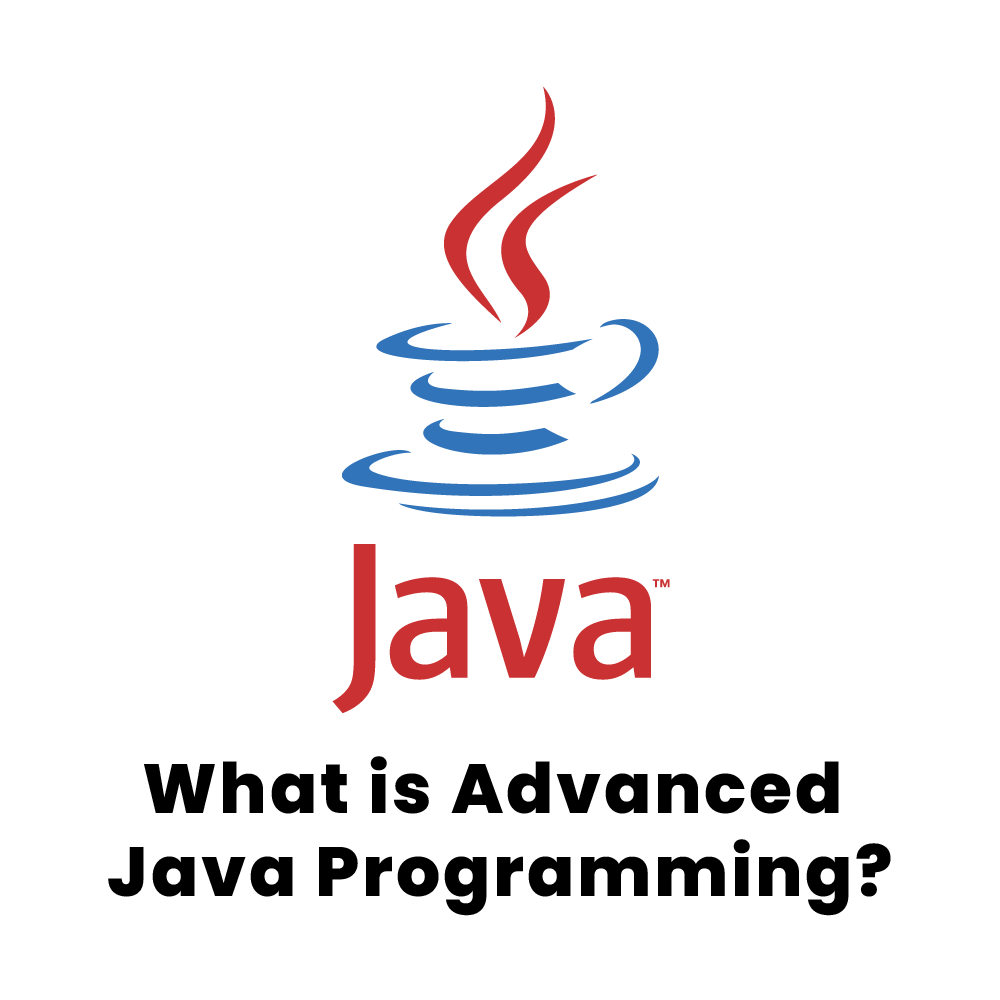Advanced Java Programming
Java is one of the most popular programming languages globally, and mastering it often requires delving into Advanced Java Programming. While Core Java provides the foundation, Advanced Java expands on those fundamentals to allow developers to build enterprise-level applications with robust features and high scalability. But what is Advanced Java Programming, and why is it crucial for your success in the Java development world?
In this blog post, we will explore the key features of Advanced Java Programming and discuss 7 important concepts every developer should master to succeed in the enterprise Java space.

Visit our www.computerclimax.com website for more information technology resources.
What is Advanced Java Programming?
Advanced Java Programming refers to the specialized topics and frameworks that extend beyond Core Java’s fundamentals, such as Object-Oriented Programming (OOP), inheritance, and polymorphism. It primarily focuses on web-based, network-centric, or enterprise-level application development. Advanced Java leverages powerful technologies like Java Database Connectivity (JDBC), JavaServer Pages (JSP), Servlets, and Enterprise JavaBeans (EJBs) to enable developers to create large-scale, secure, and scalable applications.
The most prominent area of Advanced Java is Java Enterprise Edition (Java EE), which introduces a wide range of tools for building distributed, multi-tiered applications.
Now, let’s dive into 7 key concepts that define Advanced Java Programming.
1. Java Servlets
One of the core components of Advanced Java is Java Servlets, which are server-side programs designed to handle requests and responses on a web server. Servlets enable developers to build dynamic web applications by managing requests from the client, processing data, and sending back results.
Servlets are highly scalable and can be integrated with JavaServer Pages (JSP) to create robust web applications. Understanding servlets is crucial for any developer looking to venture into web development with Java.
Also Read: How to Create Dynamic Web Apps with Java Servlets – 4 Step-by-Step Tutorial
2. JavaServer Pages (JSP)
While servlets handle backend logic, JavaServer Pages (JSP) are used to create the presentation layer of Java web applications. JSP allows developers to embed Java code directly into HTML pages, making it easier to manage and render dynamic content.
JSP pages work in tandem with servlets, allowing seamless data exchange between the client and server. This is particularly useful for web applications where real-time data and interactive user interfaces are required.
Also Read: For a detailed guide, explore Oracle’s JSP documentation.
3. Java Database Connectivity (JDBC)
Java Database Connectivity (JDBC) is an essential API for connecting Java applications to databases. Whether you’re working with MySQL, PostgreSQL, or any other relational database, JDBC simplifies the process of sending SQL queries and retrieving data.
Mastering JDBC is vital for developers creating database-driven applications. It enables you to establish a secure connection with databases, execute queries, and perform transactions.
Also Read: Check out our JDBC Tutorial for more insights on working with databases in Java.
4. Enterprise JavaBeans (EJB)
For enterprise-level development, Enterprise JavaBeans (EJB) provides a robust platform for building scalable, secure, and transactional applications. EJB simplifies the development of distributed systems by providing built-in support for key functionalities like transaction management, security, and clustering.
EJB is especially useful in large-scale applications that need to handle complex business processes and high transaction volumes. Learning EJB will allow you to design systems that are not only performant but also easy to maintain and extend.
Also Read: Explore more about EJB architecture in the Java EE Documentation.
5. Java Messaging Service (JMS)
The Java Messaging Service (JMS) is a messaging standard that allows Java applications to create, send, receive, and read messages. JMS is essential for building asynchronous, loosely coupled, and distributed systems. It enables the decoupling of different parts of an application, which improves system flexibility and scalability.
JMS is commonly used in enterprise-level applications where components must communicate across different platforms or systems in a reliable manner, without being tightly integrated.
Also Read: Learn more about building scalable systems using JMS in Java.
6. Java Naming and Directory Interface (JNDI)
Java Naming and Directory Interface (JNDI) provides a unified interface to access various naming and directory services. It is an essential part of Advanced Java Programming when dealing with enterprise-level applications that require the use of multiple resources, such as databases, external APIs, and messaging services.
JNDI is particularly useful in managing resources in distributed environments, allowing applications to look up and connect to different services easily.
Also Read: For a deeper dive into JNDI, visit Oracle’s JNDI tutorial.
7. Java Frameworks (Spring, Hibernate, Struts)
Advanced Java Programming often involves working with popular Java frameworks like Spring, Hibernate, and Struts. These frameworks abstract many of the complexities involved in enterprise-level application development, allowing developers to focus on business logic.
- Spring Framework: A powerful, lightweight framework that provides comprehensive infrastructure support for developing Java applications. Spring’s popularity stems from its dependency injection and aspect-oriented programming capabilities.
- Hibernate: A Object-Relational Mapping (ORM) framework that simplifies database interactions by mapping Java objects to database tables, thus avoiding manual SQL queries.
- Struts: A framework for developing web applications using the Model-View-Controller (MVC) pattern, streamlining the development of large-scale web applications.
These frameworks are designed to handle specific tasks within an enterprise environment, providing a structured way to develop scalable, secure, and efficient applications.
Also Read: Learn more about Java frameworks in our Java Frameworks Guide.
Conclusion
In summary, Advanced Java Programming takes your knowledge of Core Java to the next level by introducing specialized tools, frameworks, and concepts that are essential for enterprise-level development. Mastering these 7 key areas—Java Servlets, JSP, JDBC, EJB, JMS, JNDI, and Java frameworks—will provide you with the skills to build complex, distributed systems capable of scaling across various platforms and technologies.
By understanding these advanced concepts, you can open doors to exciting opportunities in enterprise Java development, web applications, and cloud-based solutions. Whether you’re aiming to enhance your current skill set or step into the world of large-scale Java programming, mastering Advanced Java Programming is the key to success.




3 Responses